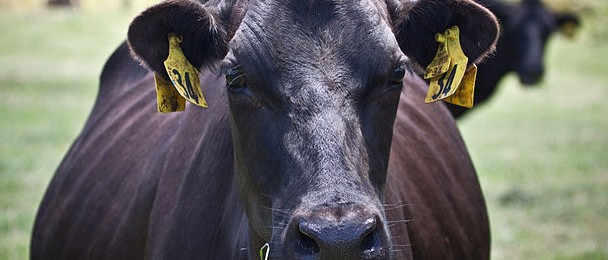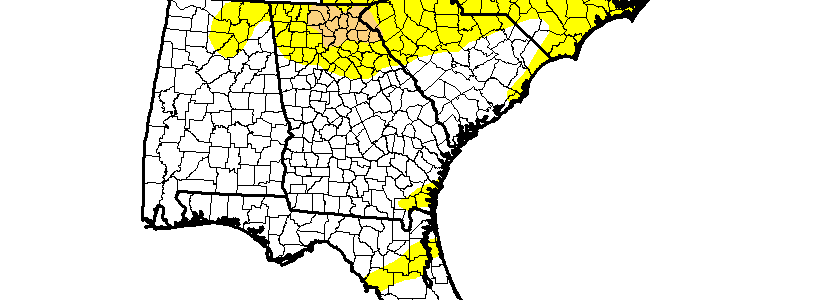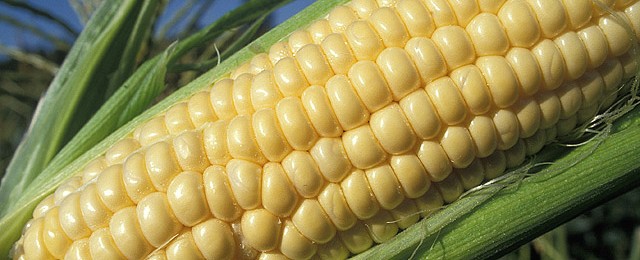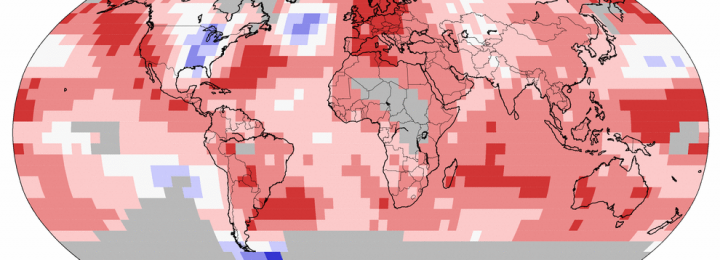Pam Knox
-

There has been a lot in the news recently about how carbon emissions would be drastically reduced if we just stopped eating red meat (or in some cases, any meat at all). I get questions from extension agents and producers about the impacts that producing animal protein has on the increase in carbon dioxide in…
-

The latest Drought Monitor came out today and shows that a large area of northeast Georgia plus a sliver of adjoining South Carolina is now classified as D1, moderate drought. Small areas in western Virginia also received a D1 classification this week. The drought declaration was not surprising considering the lack of rainfall in recent…
-

The Packer noted this week that spring sweet corn harvesting in Florida has been delayed by about ten days due to winter weather issues, but that production is rapidly increasing with better weather. They noted that “late January torrential rains flooded south Florida fields, harming winter production and causing quality issues through mid-April.” You can…
-

Dry conditions have hit parts of Georgia and Florida this year as El Niño rains have bypassed those areas to fall in other regions. The Panhandle Ag e-News from the University of Florida published an article this week discussing some of the impacts of the dry conditions and heat on vegetables. In particular, Josh Freeman,…
-

In general, television meteorologists have been the most skeptical of all atmospheric scientists about global warming and climate change. There are a variety of reasons for this, including lack of training in climatology, most of their time spent looking at short-term weather models, and working for television stations which run conservative programming. This is changing…
-

Even though most of the Southeast has been dry lately, we’ve had our share of wet conditions and floods in the not-too-distant past. This article from Bloomberg News describes why experiencing a 100-year storm event does not mean you will never see one again in your lifetime. You can read it at https://www.bloomberg.com/news/articles/2016-04-22/surviving-the-100-year-flood-doesn-t-mean-99-years-of-safety.
-

This week marks the 5th anniversary of the tornado outbreak that devastated parts of Mississippi, Alabama, Georgia, Tennessee and Virginia. A total of 363 tornadoes were confirmed in 21 states and Canada, according to Wikipedia’s description here. Included in the count were four EF5 tornadoes, which were so strong that they scoured concrete off of…